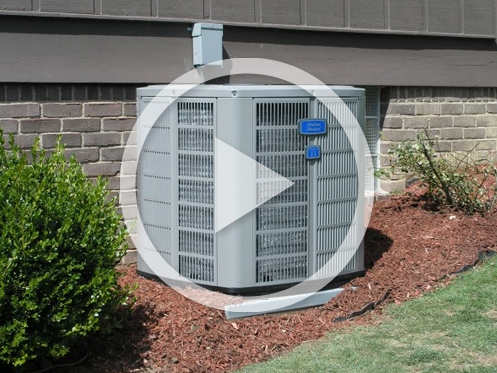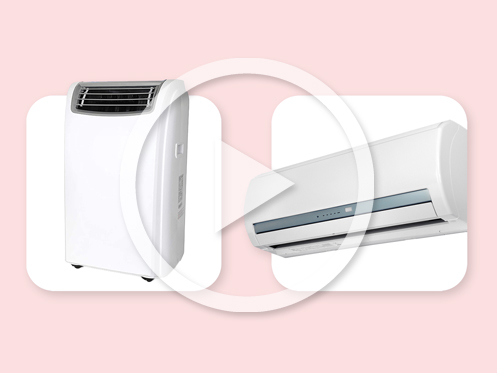Updated January 18, 2024

Maintaining your home’s humidity level is crucial for your comfort and overall well-being. It can impact your health, the condition of your property, and even energy efficiency. This article explores the optimal humidity level for your home and answers common questions like, “Is 65 humidity too high in a house?” and “What humidity level does mold grow?”
Understanding Humidity Levels
Humidity is the amount of moisture present in the air. It’s typically measured as a percentage, with higher percentages indicating more moisture. The ideal indoor humidity level can vary based on climate, personal preference, and the time of year. However, there are some general guidelines to follow.
The Healthiest Humidity Level for Your Home
The Environmental Protection Agency (EPA) recommends maintaining indoor humidity between 30% and 50% for optimal comfort and health. Here’s why this range is essential:
- Comfort: Around 30-50% humidity creates a comfortable indoor environment. It helps prevent dry skin, irritated eyes, and respiratory issues.
- Energy Efficiency: When the air is too humid, it feels warmer than it is, making your HVAC system work harder to cool your home. Conversely, you might feel colder in low humidity and turn up the heat, increasing energy consumption.
- Mold Prevention: Mold thrives in damp environments. Keeping humidity within the recommended range helps prevent mold growth on walls, ceilings, and other surfaces.
Is 65 Humidity Too High in a House?
While 65% humidity may not be excessively high, it’s on the upper end of the recommended range. You might feel a bit uncomfortable at this level due to the added moisture in the air. Additionally, there’s an increased risk of mold growth. Consider using a dehumidifier to reduce the humidity to 30-50% for a more comfortable and healthy indoor environment.
What Humidity Level Does Mold Grow?
Mold can start to grow when indoor humidity exceeds 60%. At this point, it’s essential to reduce humidity levels to prevent mold issues. In addition to using a dehumidifier, ensure proper ventilation in areas prone to moisture, like bathrooms and kitchens.
Is 50% Humidity High in a House?
No, 50% humidity is not considered high in a house. It falls within the recommended range for indoor humidity. It should provide a comfortable and healthy living environment while minimizing the risk of mold growth.
Conclusion
Maintaining your home’s humidity level is vital for your comfort and well-being. Aim for 30% and 50% indoor humidity levels to create a comfortable, energy-efficient, mold-free living space. If you have further questions or concerns about humidity in your home, consult a professional HVAC technician or indoor air quality expert for personalized guidance.
By following these guidelines and monitoring your home’s humidity levels, you can enjoy a healthier and more comfortable living environment year-round.



